Catan
Talking about Catan is a huge pleasure, particularly as it was my first modern board game and I have a special fondness for it.
The game was innovative at its time for board gamers used to eliminating players, a fact that was common in games at the time, and among its innovations, Catan allowed everyone to fight for victory until the end without running the risk of being eliminated and staying idle, watching others play.
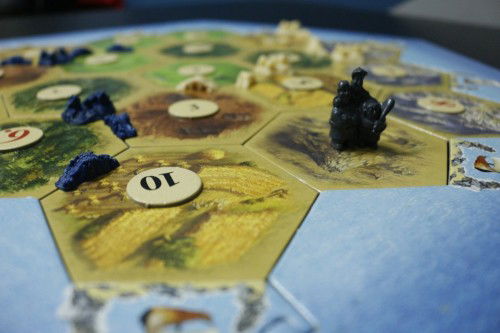
In terms of mechanics, Catan highlighted hand management, route building, negotiation, modular board and dice rolling, the latter very widespread previously. Note that there are four mechanics that until then were not often seen in traditional board games. This made Catan the success it is today, being considered the “Father of Modern Board Games”.
To end the presentation of Catan, it is worth noting that it won several awards in the year of its launch in 1995, among them Game of the Year (Spiel des Jahres) stands out. There are currently over 30 million copies of the game sold, and it has been translated into over 30 different languages.
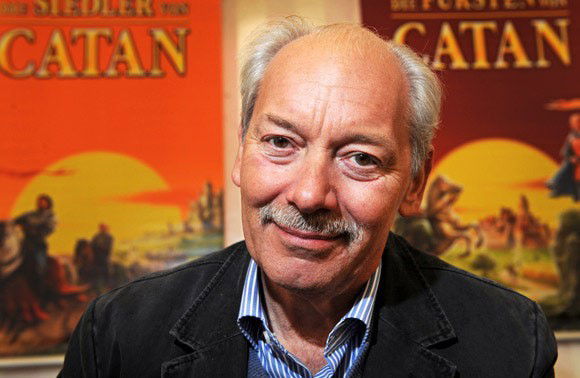
Klaus Teuber, a designer from Catan, said in an interview that his inspiration was the history of the Vikings:
“I was fascinated by the audacity of the Scandinavians, who took to the open sea to find new lands to settle on. What did they discover there? How did they settle on land?”
- Klaus Teuber
Let's explore the competitive side of Catan together, talking about its mechanics and how they can be used strategically and provide more fun and involvement with this classic of modern games.
Using the game setup to your advantage
Well, Catan is so cool that the setup can be fixed or drawn, which makes it a unique game every game.
There are 5 different types of terrain (forest, hill, pasture, field and mountain) in addition to the desert. Each of them gives a different type of resource (wood, bricks, wool, grain and ore).
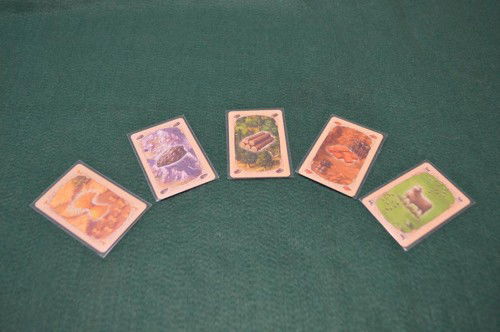
Taking advantage of this is knowing that the initial buildings need more brick and wood at the beginning of the game, so, since in the game setup everyone has the chance to build villages and roads for free, place your villages close to these places. This is vital, or your game will lag too far.
Resources and Negotiations
Use and abuse your opportunity to trade. On your turn, you have the chance to do the famous “barter” with the other players, and the cool thing about it is that only the active player can negotiate with all other players, and they, among themselves, cannot negotiate, it’s only with you, the player active.
Now it's time to explore your trading side and convince someone to trade you a certain resource in exchange for another. I think this stage is essential, because sometimes you need something so much that 2 x 1 exchanges are common, others even more inflated. Don't go a turn without using this artifice, as it may be needed later on.
Route Construction and Longest Road
Building roads is necessary to make routes between your villages and cities. Most importantly, the only way routes can earn you points, and this should be taken seriously, is, if you are the first to build 5 roads (excluding forks), you get the Longest Road card, which gives you 2 points.
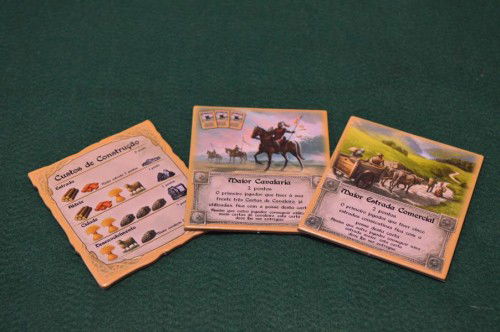
Know that if someone surpasses you in the number of continuous roads, the Longest Road card will be for that player, and this can give you victory depending on how many points you already have, so paying attention to your routes is extremely important in Catan.
Villages and Cities
If you need points, you'll have to build villages and, later on, cities in place of those villages. Villages give 1 point each and a resource from the location drawn on the die if it is on the fork of the location drawn. Cities give double in everything, points and resources, that is, they are worth 2 points and give 2 resources if the place where they are located has produced in that round.
Thinking about speeding up the game, it is very important to build villages, convert them into cities as quickly as possible and thus score. Remember that it's not just building, those who are gamers, in fact, know the probabilities of numbers coming out on the dice, so building villages and later cities cannot, under any circumstances, be by chance. In addition to the game's distancing rules in building villages and cities, you have to choose a place where the chance of that number being drawn on the dice is greater. Strategy has just entered the game!
Development — Progress, Points and Higher Cavalry
You can acquire development cards during the game instead of building villages, roads and cities. It's a lottery, I confess, but it can yield good results. Let's see, among the development cards we have the progress cards. And they can allow you to build two new roads on the board at zero cost, and with that, if you're lucky, even win the Longest Road card. So, you kill two birds with one club.
Among the progress cards, we still have the acquisition card, which allows you to receive 2 cards of any resource of your choice. This is great, since you can finish or build something that you need desperately, and you couldn't negotiate or get it. Even with this construction, you can go to victory.
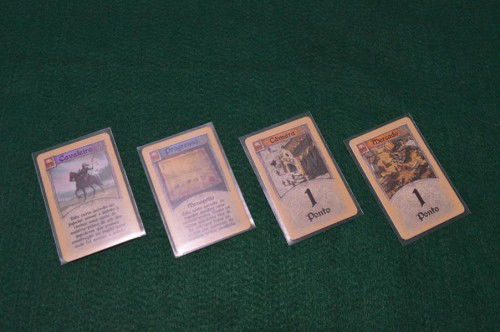
Among the progress cards, the last card is the monopoly one. It makes you name a resource and all players have to give you as many resource cards as they have in their hand. It's a big hit in the game. The progress cards really make the difference.
Another type of development card is point cards: each card gives you one victory point. Obviously, you should keep it closed (face down) so other players don't know it's a victory point card. But you can ask me: if I do this, will everyone get it? Of course! All development cards must be kept closed, be it the score, progress or cavalry, which I will talk about now. Therefore, opponents will never know what you really have hidden.
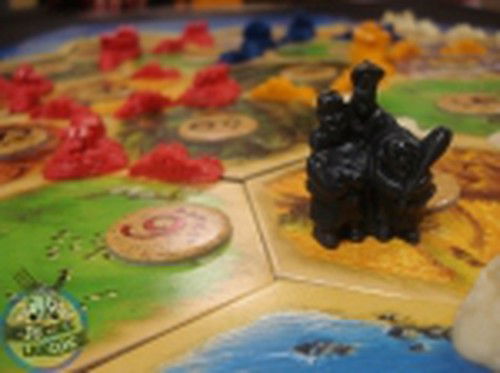
Finally, we have the cavalry development cards. They are too powerful and worth investing in them, let's see: when you use a cavalry card, you can change the thief's place, making that place become unproductive if it is drawn, in addition to stealing randomly a resource card from whoever has building around the location.
And that's not all: if you are the first to have used 3 cavalry cards, you immediately receive the Greatest Cavalry card, which gives you 2 points immediately. Remember that if another player surpasses you in the number of cavalry cards, they receive that card, and you lose 2 points.
Domestic Trade and Maritime Trade
Well, commerce is Catan's soul. The game revolves around resources, so practicing trading is key. I've already commented here about the exchange of resources on your turns; this is technically called Domestic Trade. I repeat, use and abuse it, it is paramount! However, Catan doesn't live only on Domestic Trade.
In maritime trade, things also happen at a frenetic pace. If you don't own any villages or cities in a port, the costs are higher, but you can negotiate. Just deliver 4 equal resources for 1 resource you want. Is the cost high? Often yes, but sometimes it's the only way out. Therefore, being successful in Domestic Trade is much more important.
Now, if you have a building in one of the ports, your advantages are enormous, let's see: if you own a generic port, you can exchange 3 equal resources for any 1 unit of any other resource. See that the costs have already come down. But there are also special ports, which exchange 2 x 1, that is, you deliver 2 specific resources for 1 unit of any other.
Look at the strategy there again! Have buildings in a certain location that produce an “x” resource, own the port that exchanges that “x” product in a 2 x 1 ratio, you will have the resource you want whenever you want! Knowing how to unite the useful with the pleasant has never made more sense than in Catan!
Strategic Tips for Catan
This review is all about strategic tips, but if I could summarize it, I would give 4 tips:
1) At the beginning of the game, focus on brick and wood (roads and villages need it).
2) Don't underestimate the ports, focus on one resource and build on the port where you can trade 2 x 1 (you will never run out of resources).
3) Be careful when placing your first 2 villages, if it's too much in the center of the board the chances of you being blocked are enormous.
4) Trade! Trade always! Your chances of winning will greatly increase if you succeed in this regard.
Conclusion
Catan is indeed an excellent game that needs and can be very well explored. It can indeed be played just for uncompromising fun, but at the same time, gamers on duty will find a wide range of options to be successful, ranging from choosing the best place with the highest probability of the dice falling to the best routes, buildings and choice of ports.
Catan is like that! It delights players who want to have fun and those who intend to compete! All in the same game! I recommend Catan for your collection.

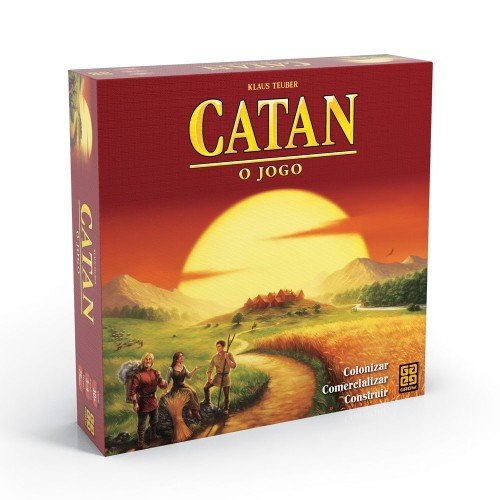







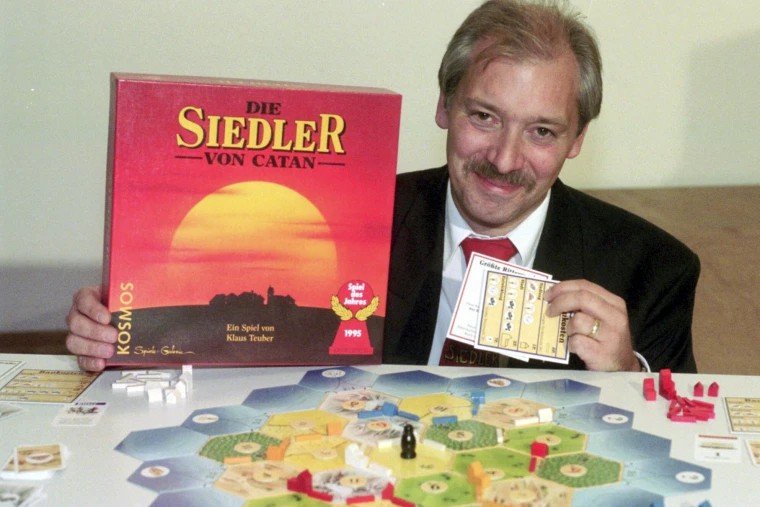
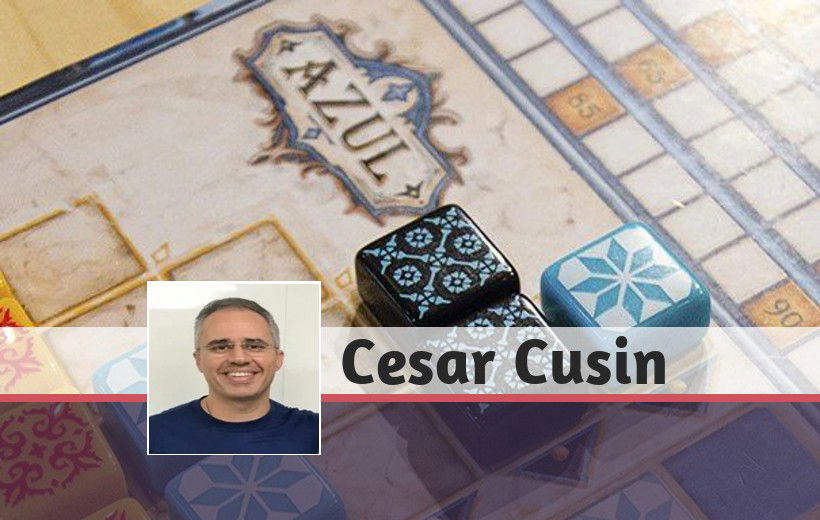



— Comentários 0
, Reações 1
Seja o primeiro a comentar